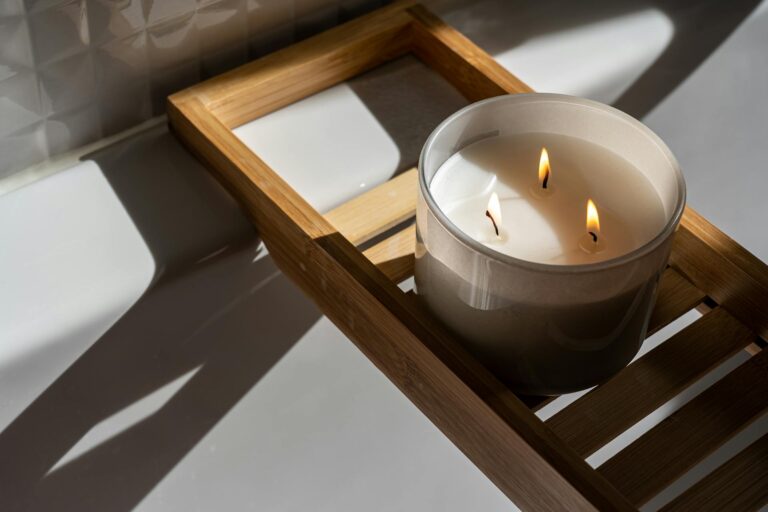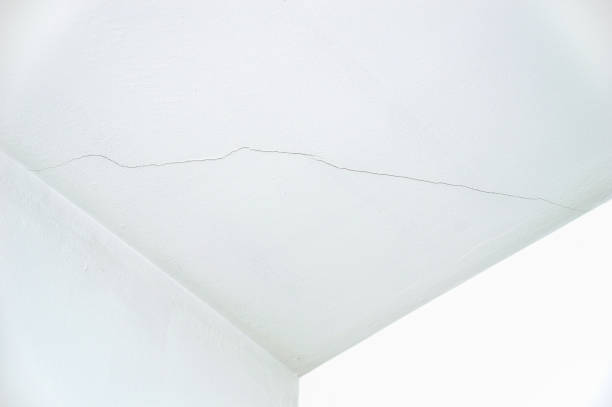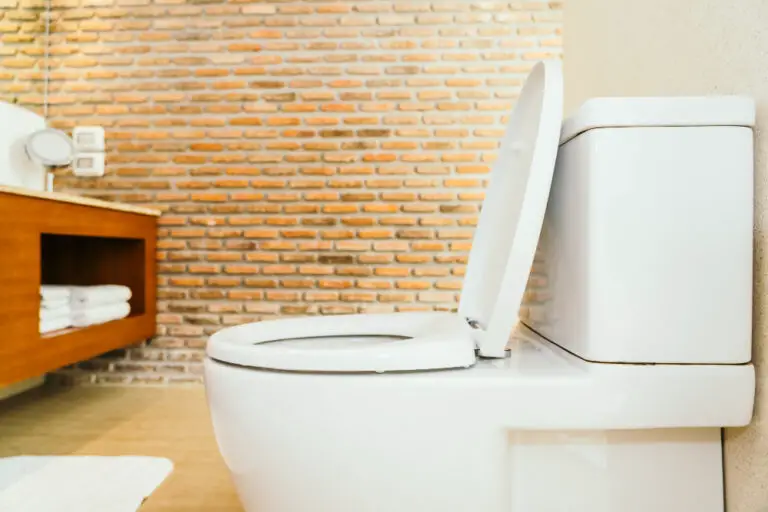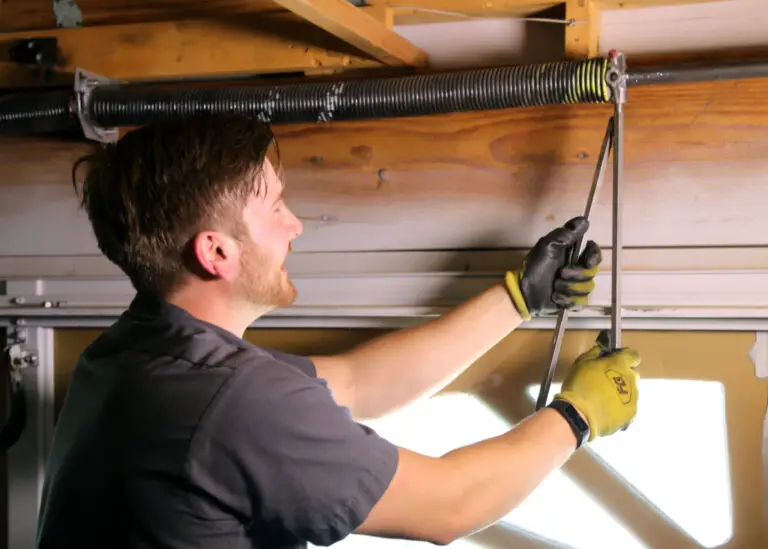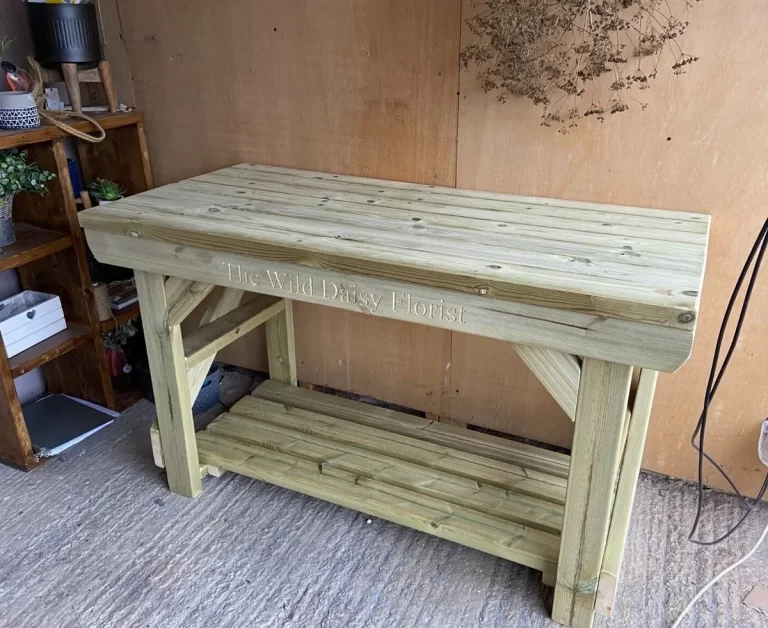How to Make Curtains: A Step-by-Step Guide
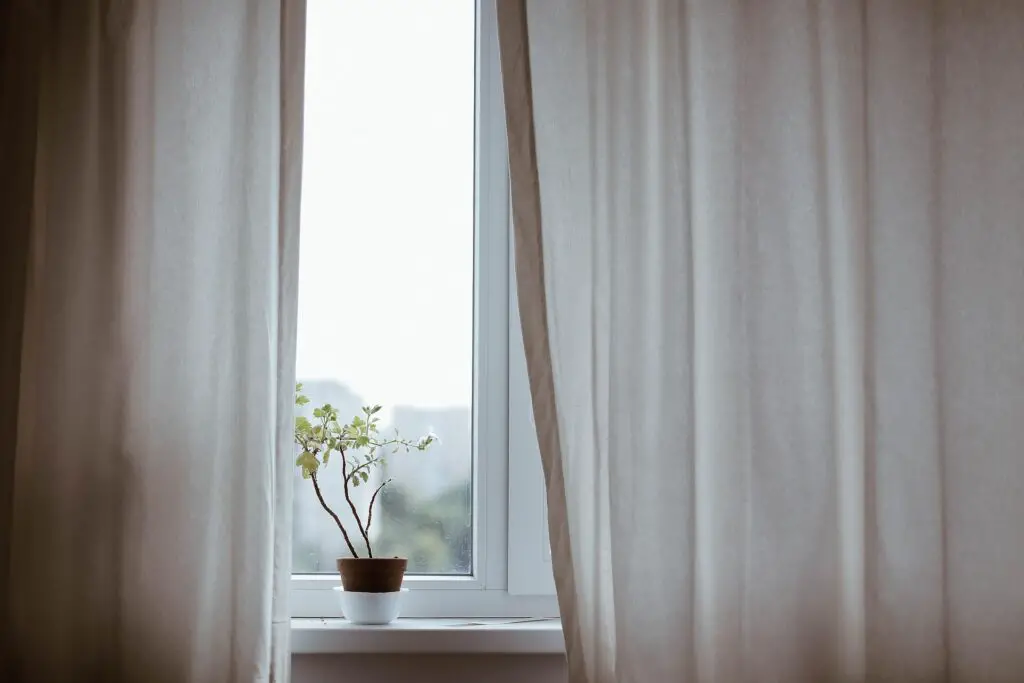
Making curtains can seem like a daunting task, but it doesn’t have to be. With the right tools and some basic knowledge, anyone can create beautiful curtains to enhance their home décor. Whether you’re a beginner or an experienced seamstress, this article will provide step-by-step instructions on how to make curtains that will fit your windows perfectly.
The first step in making curtains is to measure your windows accurately. This is important to ensure that your curtains will fit properly and look great. You’ll need to measure the width and length of your windows, as well as the distance from the top of the window to where you want the curtain to hang. Once you have your measurements, you’ll be ready to choose your fabric and start sewing.
Choosing the right fabric is key to making curtains that look and feel great. You’ll want to consider the color, pattern, and weight of the fabric, as well as how much light you want to let into your room. Lighter fabrics will let more light in, while heavier fabrics will provide more privacy and insulation. With these basic steps in mind, you’ll be ready to start making your own curtains in no time.
Materials and Tools Needed
Choosing the Right Fabric
The first step in making curtains is to choose the right fabric. The type of fabric you choose will depend on your personal preference, the style of your room, and the amount of light you want to let in. Some popular options include cotton, linen, silk, and polyester. When selecting your fabric, consider the weight, texture, and color. A heavier fabric will provide better insulation, while a lighter fabric will allow more light to enter the room.
Measuring Tools
Accurate measurements are key to creating curtains that fit your windows perfectly. You will need a measuring tape to measure the height and width of your window, as well as the length of the curtains you want to make. A level can also be helpful to ensure that your curtains hang straight.
Cutting Instruments
Once you have your measurements, you will need to cut your fabric to size. A rotary cutter and cutting mat can make this process quick and easy, but a pair of sharp scissors will also do the job. Be sure to measure twice and cut once to avoid any mistakes.
Sewing Essentials
To sew your curtains, you will need a sewing machine, thread, and needles. You may also want to have a seam ripper on hand in case you need to make any adjustments. Ironing your fabric before sewing can also help ensure a professional-looking finished product.
Overall, having the right materials and tools is essential to creating beautiful and functional curtains for your home.
Measuring and Cutting the Fabric
Taking Window Measurements
Before starting to make curtains, it’s essential to measure the window where they will be hung. Use a measuring tape to measure the width and height of the window frame. Be sure to measure from the top of the frame to the bottom and from one side to the other.
When measuring, it’s important to consider how long you want your curtains to be. If you want floor-length curtains, add a few inches to the height measurement to account for the hem and the curtain rod pocket.
Marking the Fabric
Once you have your window measurements, it’s time to mark the fabric. Using a fabric marker or chalk, mark the measurements on the fabric. Be sure to add an extra inch or two to the width measurement to account for the hem and the curtain rod pocket.
If you’re making patterned curtains, make sure to align the pattern on the fabric before marking and cutting.
Cutting the Fabric to Size
After marking the fabric, it’s time to cut it to size. Use fabric scissors to cut along the marked lines. Be sure to cut straight and avoid jagged edges.
If you’re making multiple panels, it’s important to cut them all to the same size. Use a ruler or measuring tape to ensure accuracy.
Once the fabric is cut, it’s ready for the next step in the curtain-making process.
Sewing and Assembling the Curtains
Hemming Edges
The first step in sewing curtains is to hem the edges. This will prevent the fabric from fraying and give the curtains a neat finish. To hem the edges, fold the fabric over twice, about 1/2 inch each time, and sew a straight stitch along the folded edge. Repeat this process for all four sides of the fabric.
Creating Curtain Headers
The next step is to create the curtain headers. This is the part of the curtain that will be attached to the curtain rod. There are several ways to create curtain headers, including rod pockets, pleats, and grommets.
For a rod pocket, fold the top of the fabric over twice, about 2-3 inches each time, and sew a straight stitch along the folded edge. This will create a pocket for the curtain rod to slide through.
For pleats, fold the top of the fabric over twice, about 1 inch each time, and sew a straight stitch along the folded edge. Then, fold the fabric over again, creating a pleat, and sew a straight stitch along the folded edge. Repeat this process for all pleats.
For grommets, follow the instructions provided with the grommet kit to create the holes and attach the grommets to the fabric.
Attaching Curtain Rings or Hooks
Once the curtain headers are created, the final step is to attach the curtain rings or hooks. This will allow the curtains to be easily hung on the curtain rod. Simply slide the rings or hooks onto the rod, then attach them to the curtain headers.
It is important to evenly space the rings or hooks to ensure that the curtains hang straight. A good rule of thumb is to space them about 4-6 inches apart.
With these simple steps, anyone can sew and assemble their own curtains. By choosing the fabric, hemming the edges, creating the curtain headers, and attaching the rings or hooks, you can create custom curtains that perfectly match your décor.
Hanging and Adjusting the Curtains
Installing the Curtain Rod
Before hanging the curtains, it is important to install the curtain rod properly. The first step is to measure the width of the window and add a few inches on both sides to allow the curtains to cover the window completely. Once you have the correct measurement, choose a curtain rod that fits the width of the window.
To install the curtain rod, use a level to ensure that it is straight. Mark the location of the brackets on the wall and drill holes for the screws. Attach the brackets to the wall using the screws provided with the curtain rod.
Hanging the Curtains
Once the curtain rod is installed, it’s time to hang the curtains. Start by attaching the curtain hooks to the top of the curtains. Make sure that the hooks are evenly spaced along the top of the curtains.
Next, hang the curtains on the rod by placing the hooks into the holes in the curtain rod. Make sure that the curtains are evenly spaced and that they hang straight.
Final Adjustments
After the curtains are hung, it’s time to make any necessary adjustments. If the curtains are too long, use a pair of scissors to trim the excess fabric. If the curtains are too short, consider adding a hem to the bottom of the curtains.
To ensure that the curtains hang straight, adjust the position of the hooks on the curtain rod. You may also need to adjust the tension of the curtain rod to ensure that it is holding the curtains securely in place.
By following these simple steps, you can hang and adjust your curtains like a pro. With a little bit of effort, you can create a beautiful and functional window treatment that will enhance the look of any room in your home.
Frequently Asked Questions (FAQs)
Q: What materials are needed to make curtains with a lining?
A: To make curtains with a lining, you will need fabric for the curtain itself, lining fabric, thread, a sewing machine, scissors, pins, and a measuring tape. It is important to choose a lining fabric that is compatible with the curtain fabric and will not shrink or stretch.
Q: Can you explain the process for creating curtains using a sewing pattern?
A: To create curtains using a sewing pattern, you will first need to select a pattern that suits your needs. The pattern will include instructions for measuring and cutting the fabric, as well as sewing the pieces together. It is important to carefully follow the instructions to ensure that the curtains are the correct size and shape.
Q: What are the steps to create simple curtains without sewing?
A: To create simple curtains without sewing, you can use fabric glue or iron-on hem tape to create a hem along the edges of the fabric. You can also use clip-on rings or a tension rod to hang the curtains without the need for sewing.
Q: How can I make curtains using rings for easy hanging?
A: To make curtains using rings for easy hanging, you will need to sew a strip of fabric along the top of the curtain to create a pocket for the rings. You can then attach the rings to the fabric and hang the curtains on a curtain rod.
Q: What is the cost comparison between making your own curtains and purchasing them?
A: The cost of making your own curtains will depend on the materials you choose and the size of the curtains. However, making your own curtains can be more cost-effective than purchasing them, especially if you have access to discounted or clearance fabric.
Q: What type of interfacing is best for adding structure to homemade curtains?
A: The best type of interfacing for adding structure to homemade curtains will depend on the weight and type of fabric you are using. Generally, a medium-weight fusible interfacing is a good choice for most curtain fabrics. It is important to test the interfacing on a small piece of fabric before using it on the entire curtain to ensure that it will not cause any damage or shrinkage.
Conclusion
Crafting your own DIY curtains is an empowering way to add a personalized touch to your home decor. With just a few sewing supplies, extra fabric, and a trusty tape measure, you can sew curtains that perfectly fit your windows and style. Whether you’re creating elegant curtain panels for the living room or blackout curtains for the bedroom, the satisfaction of hanging your hand-sewn creations is unmatched. Remember, the key to beautiful curtains lies in careful measurement, cutting your fabric panels accurately, and ensuring a straight bottom hem for that professional finish.
Sewing your own curtains not only allows for customization but also ensures you have the perfect complement to your curtain rods and overall room aesthetic. Completing your own DIY curtains project is a rewarding endeavor that brings warmth and character to any space. By taking the time to sew DIY curtains, you’re not only crafting unique curtain panels but also developing skills that can be applied to future home projects. Whether you opted for simple designs or tackled more complex patterns with extra fabric, the process of creating from scratch is a fulfilling journey.
As you hang your curtain panel on the rods, admire the fruits of your labor and the cozy ambiance they bring to your room. This step-by-step guide to making curtains has equipped you with the knowledge and confidence to transform fabric panels into stunning window treatments, proving that with a bit of effort and creativity, the possibilities are endless.

